
When autumn hits, trees shed beauty—and responsibility. Those crisp, fallen leaves not only decorate lawns; they also spark questions about ownership, maintenance, and fairness. Who handles the cleanup when branches cross property lines? Let’s look at the mix of law and courtesy that governs those leafy disputes—and how to clean up the mess with ease.
The Act Of Nature Principle In Leaf Disputes
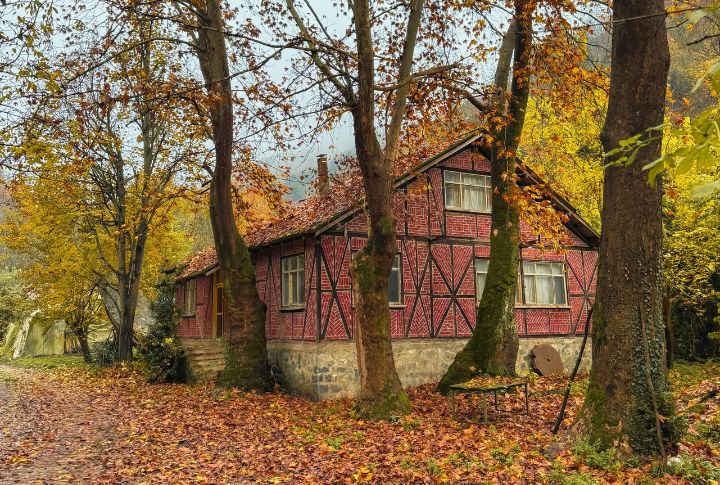
When leaves drop naturally, the “act of nature” principle shields neighbors from blame. A property owner typically bears the duty to clean their yard, even if the leaves originated elsewhere. This rule prevents endless conflicts, reminding homeowners that nature doesn’t recognize fence boundaries.
Property Line Liability Shift For Debris
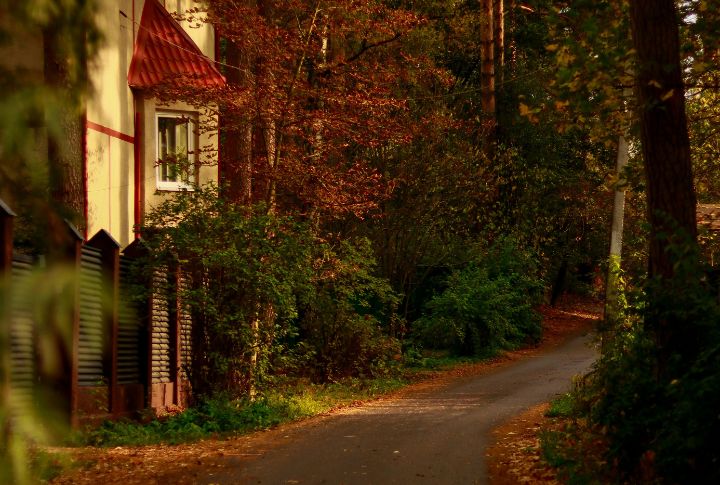
Once leaves or twigs settle on a property, the cleanup duty shifts to that property’s owner. However, liability changes when a neighbor’s tree causes structural damage, like a broken fence. At that point, negligence—not nature—determines who pays.
Self-Help Remedies For Overhanging Branches

Most jurisdictions allow trimming branches that cross into another yard. This self-help remedy lets homeowners protect roofs and gardens without legal drama. But the trimming must stay within property boundaries. Crossing over, even slightly, could turn a simple yard fix into a trespassing issue.
Pre-Trimming Diplomacy To Prevent Escalation

Discussing tree concerns before problems arise builds trust and cooperation. You can achieve this through clear communication, which prevents accusations later and often leads to shared maintenance plans. After all, it’s easier to prevent conflict than to repair neighborly tension once it sprouts.
Damages From Botched Branch Removal
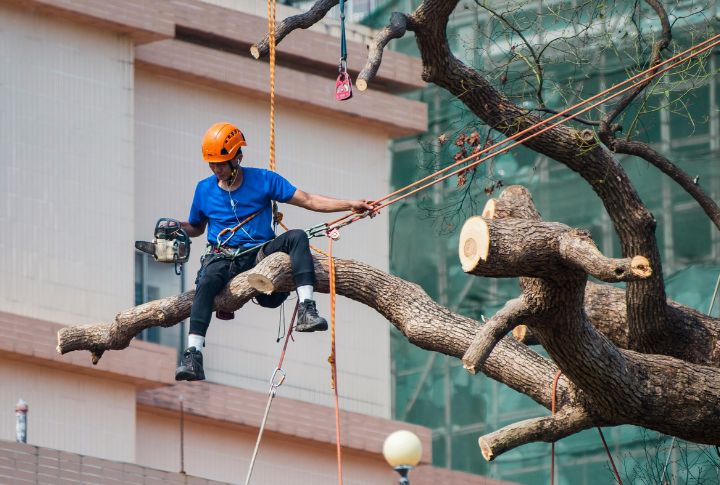
Cutting a branch may seem harmless until the tree suffers—or falls. If improper trimming causes damage, liability might fall on the person who made the cut. Knowing proper techniques or hiring experts prevents both damage and disputes.
Prohibitions On Returning Unwanted Debris

Raking leaves back across the fence might feel tempting, but it’s typically unlawful. It can be seen as trespassing or property damage. The law expects homeowners to dispose of unwanted leaves responsibly, even when frustration piles up alongside those autumn drifts.
Now that you understand the legal responsibilities and neighborly boundaries, let’s shift to practical ways to manage those leaves—so your yard stays clean and your relationships stay peaceful.
Nutrient Recycling Via Leaf Mowing

Instead of bagging, try mowing over the leaves. Such a simple technique shreds them into organic matter that enriches the soil. It’s also a cost-free way to recycle nutrients and promote lawn health naturally. That way, nature’s waste becomes nature’s fertilizer.
Weed Suppression With Leaf Mulch Layers
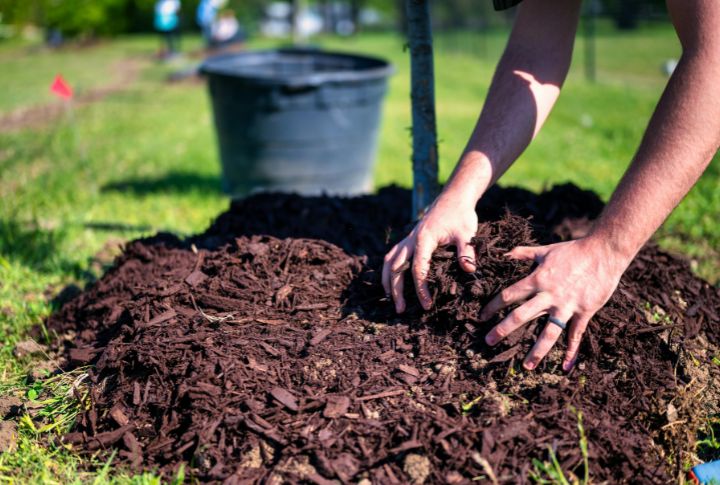
A layer of leaves can act like a natural weed barrier. When spread evenly, they block sunlight and slow unwanted plant growth. Beyond saving time, this method reduces chemical use and keeps moisture locked in the soil—a quiet win for both gardens and ecosystems.
Innovative Tools For Leaf Collection

Innovative tools bring a bit of comfort to yard care. A simple cordless blower can replace hours of raking. Pair that with a mulching vacuum, and cleanup feels almost effortless. Suddenly, a tiring task becomes a quick outdoor routine worth repeating.
Habitat Creation For Beneficial Wildlife
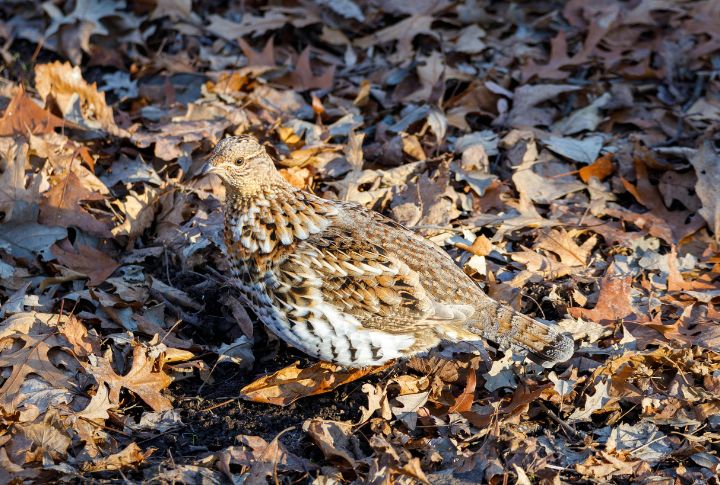
A pile of fallen leaves might seem messy at first, yet it often holds quiet value. Beneath the brown layers, small insects and birds find food and shelter. Keeping one calm corner undisturbed allows nature to continue its work right beside a tidy lawn.

